Does arthritis make you tired?
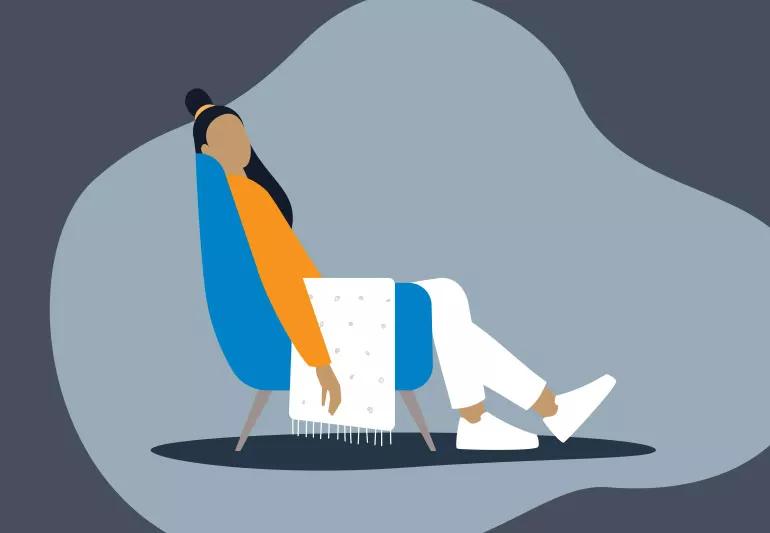
Most people think of psoriatic arthritis as a joint disease. And it’s true that the disease causes pain, swelling and stiffness in the joints. But those aren’t the only classic symptoms of psoriatic arthritis.
Advertisement
Cleveland Clinic is a non-profit academic medical center. Advertising on our site helps support our mission. We do not endorse non-Cleveland Clinic products or services. Policy
“Fatigue is a common symptom of psoriatic arthritis. And for perhaps a third of people with the disease, the fatigue is severe,” says rheumatologist Rochelle Rosian, MD.
As anyone dealing with chronic exhaustion knows, it can have a significant impact on your quality of life. We spoke with Dr. Rosian about what causes psoriatic arthritis fatigue and how to tame it.
Psoriatic arthritis is an inflammatory disease that occurs when your body’s immune system attacks its own tissues. The disease causes pain and swelling in your joints and the places where tendons and ligaments attach to bones. It’s associated with psoriasis, a disease that causes red, scaly patches of skin.
Psoriatic arthritis can also leave you feeling weary and worn out. And the fatigue isn’t just physical. “Psoriatic arthritis can also lead to mental fatigue — a kind of brain fog,” Dr. Rosian says.
Psoriatic arthritis might cause fatigue in several ways. In part, the disease process itself may be to blame.
When you have psoriatic arthritis, your immune system releases proteins called cytokines. Those proteins trigger inflammation throughout your body — a hallmark of the disease. Researchers believe the cytokines also cause fatigue, perhaps through several different pathways in your body.
Advertisement
Psoriatic arthritis symptoms come and go. Sometimes, they are relatively mild. Other times, the pain and swelling become significant. Those bad periods are known as flares. And when a flare occurs, fatigue often comes along for the ride.
As if that’s not enough, chronic pain can also make it hard to sleep. While psoriatic arthritis does not directly cause insomnia, the tendon, ligament and joint pain can interrupt your sleep and lead to restless nights. What’s more, psoriatic arthritis is associated with an increased risk of other illnesses that are linked to sleep disturbances or fatigue, including:
Some people find that psoriatic arthritis leads to another kind of fatigue: brain fog. People have reported problems with concentration, memory and other thinking skills.
In part, this fuzzy-headed feeling may be the result of not getting enough sleep at night because of chronic pain. It’s also possible that the inflammation caused by psoriatic arthritis may affect brain function in some way.
Treating psoriatic arthritis can help reduce fatigue as well as pain. There are several medications doctors use to treat the disease:
Still, medications may not eliminate fatigue completely, especially during a flare. That’s a tough pill to swallow when weariness is keeping you from doing what you love.
But there are ways you can maximize the time you’re feeling good. “While fatigue in people with psoriatic arthritis can’t be cured, it can be managed,” Dr. Rosian says.
These tips can help you fight fatigue.
Practicing good “sleep hygiene” boosts the odds of a good night’s sleep. That means sticking to a routine bedtime and waketime, avoiding screens at night and sleeping in a cool, dark, quiet room. In other words, it’s OK to splurge on the comfy pillows and softest sheets.
Living with chronic illness can increase your risk of depression and anxiety. Those mood disorders can also interfere with sleep patterns. But depression and anxiety are treatable. Talk to your healthcare provider or a therapist if you’re experiencing symptoms.
Avoid alcohol, caffeine and nicotine, especially close to bedtime. These substances can interfere with a good night’s sleep.
Regular exercise can boost your mood and energy levels. Physical activity may also ease pain and stiffness, which can help keep you from tossing and turning when you turn out the lights.
Advertisement
Resting or napping during the day can help you recharge. A catnap might give you the boost you need to tackle your to-do list. But try to avoid very long naps and naps late in the day, which can interfere with your nighttime slumber.
Some people with psoriatic arthritis may also have anemia, or low red blood cells. If your healthcare provider finds that you are anemic, iron supplements can help increase your iron levels and ease fatigue.
It can be hard for your family and friends to understand just how much fatigue can impact your life. Don’t be afraid to reach out to supportive friends and family members and help them understand what you’re going through, as well as ask them for help if you need to get things done.
Ask your doctors for help as well. Managing a chronic disease isn’t always straightforward, but your healthcare team can help you find the right combination of strategies to control your symptoms.
“Fatigue is often misunderstood, but it doesn’t mean you lack motivation or willpower,” Dr. Rosian says. “By listening to your body and respecting its need for rest, you can find the energy to do the things that are most important to you.”
Advertisement
Learn more about our editorial process.
Advertisement

Choose foods high in omega-3s and antioxidants; avoid red meat and dairy

Cold or hot therapy, massage and exercise may help reduce pain and inflammation in your joints
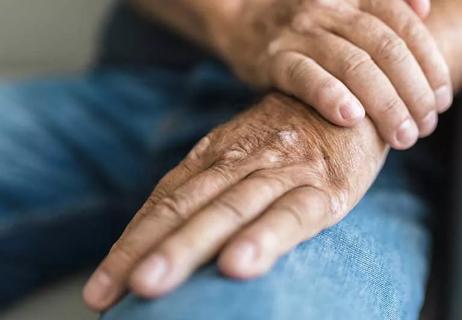
Focus on sleep, limit alcohol and reduce your stress and anxiety to help lessen symptoms
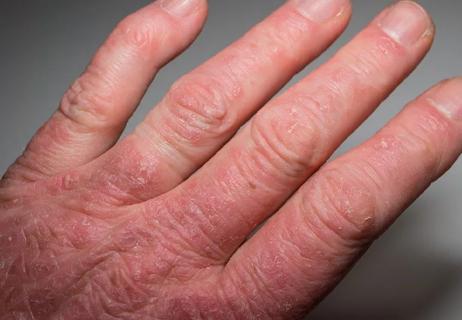
What’s the difference between these types of inflammatory arthritis?

The link between joint pain and skin rashes
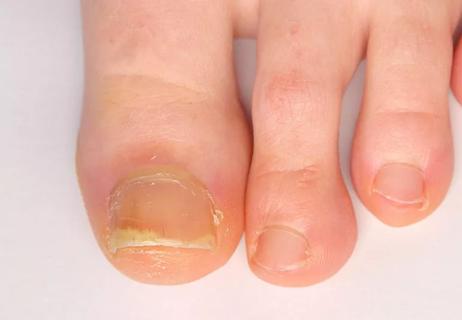
Symptoms of nail psoriasis and how to treat it

What’s the difference between these types of arthritis?
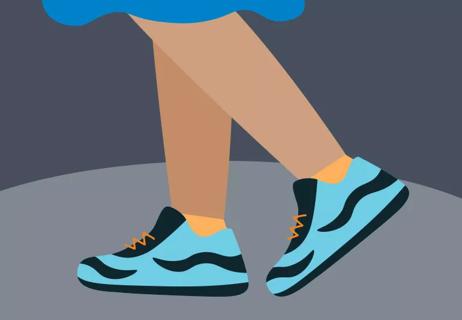
Managing psoriatic arthritis foot pain

Babies can get congested easily, but you can calm their cough by keeping them hydrated, using nasal drops and running a humidifier

Weight loss may cause loose, sagging skin and muscle loss to your rear

Several conditions, like vitiligo and fungal infection, can cause a loss of pigmentation, leading to white spots or patches on your skin